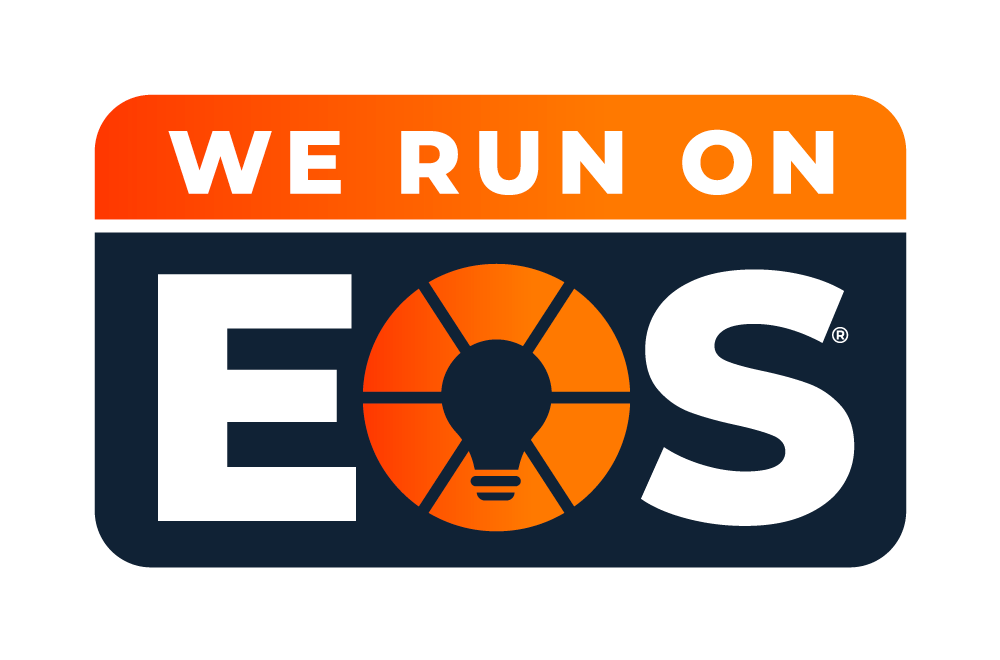During my years in consultancy, I’ve noticed amongst businesspeople that the concept of marketing is often misunderstood to be limited to the promotional aspect of the business only, i.e. the well-worn ‘colouring-in department’ descriptor (although in today’s digital age that surely needs updating). To the detriment of professional development and at a cost of unrealised value in their human capital, many business leaders and indeed marketers themselves are either unaware or have paid less attention to the all-so-important Strategic function of marketing that the profession is rooted in.
Anyone who has taken in the 4 P’s of marketing (or the 7 P’s if you prefer the updated version) understands that Promotion is just one of the P’s and that is just one facet of the discipline. To me this is an important distinction as it helps us to understand the difference between marketing communications (promotion) and strategic marketing.
Strategic marketing
Strategic marketing is a method through which an organisation differentiates itself from its competition by focusing on its strengths to provide better service and value to its customers. In a nutshell, the goal of strategic marketing is to make the most of an organisation’s positive differentiation over its competition through the consumers’ perspective.
The implementation of strategic marketing involves three questions, which include:
- Where to compete;
- How to compete;
- When to compete.
With that background piece provided and the crayons firmly tucked away (for now at least), I’d like to introduce you to a framework I often use called the Ansoff Matrix. It’s certainly not the only strategy framework around and your business situation will largely dictate which framework(s) is most relevant, however the Ansoff Matrix has a broad application and has stood the test of time which is why you’ll find it in the toolkit of most Strategic Marketers.
What is the Ansoff Matrix?
The Ansoff Matrix is a strategic planning tool that provides a framework to help executives, senior managers, and marketers devise strategies for future growth. It is named after Russian American Igor Ansoff, an applied mathematician and business manager, who created the concept in 1957.
In his matrix Ansoff describes four growth alternatives for growing an organization in existing or new markets, with existing or new products. Each alternative poses differing levels of risk for an organization.
Market Penetration Strategy
The first quadrant in the Ansoff matrix is market penetration. It is often adopted as a strategy when the organization has an existing product with a known market and needs a growth strategy within that market.
A good example of such a scenario is the telecom industry. Most telecom products exist in the market and must cater to that market. In such cases competition is intense. This means that in order to grow, the organisation may have to go out of its way to increase market share.
Product Development Strategy
Product development in the Ansoff matrix refers to firms which have a good market share in an existing market and therefore might need to introduce new products for expansion.
Product development is needed when the company has a good customer base and knows that the market for its existing product has reached saturation. In this case, the market penetration strategy is no longer practical. A new product development strategy that caters to the existing market is a better approach.
Market Development Strategy
Market development is a strategy used when the firm targets a new market with existing products. There are several examples. These include leading footwear firms like Adidas, Nike and Reebok, which have entered international markets for expansion.
These companies continue to expand their brands across new global markets. For a smaller enterprise, this strategy entails expanding from a current market to another market where its product does not currently compete.
Diversification Strategy
The diversification strategy in the Ansoff matrix applies when the product is completely new and is being introduced into a new market. An example of diversification is Samsung. It began as a trading company, later expanding into insurance, securities, and retail. Today, it is mostly known for its electronics division.
This group initially started with one product – a black-and-white television set. It entered the telecom market in 1980 developing telephone switchboards, then later into telephones, fax machines, and mobile phones. Samsung now has a market presence in a diversified global set of businesses including semi-conductors, appliances, cameras, watch making, apparel, music services, cloud computing, and home automation.
Related Diversification V Unrelated Diversification
Related Diversification
There are potential synergies to be realised between the existing business and the new product/market.
For example, a leather shoe producer that starts a line of leather wallets or accessories is pursuing a related diversification strategy.
Unrelated diversification
There are no potential synergies to be realised between the existing business and the new product/market.
For example, a leather shoe producer that starts manufacturing phones is pursuing an unrelated diversification strategy.
Risk
In the Ansoff matrix, each strategy carries varying levels of risk with Diversification strategy carrying the highest risk level; entering a new market with new products.
Try using the Ansoff Matrix in your business to reassess what marketing strategy(s) you’re pursuing and whether it still makes sense or a new strategy is required.


